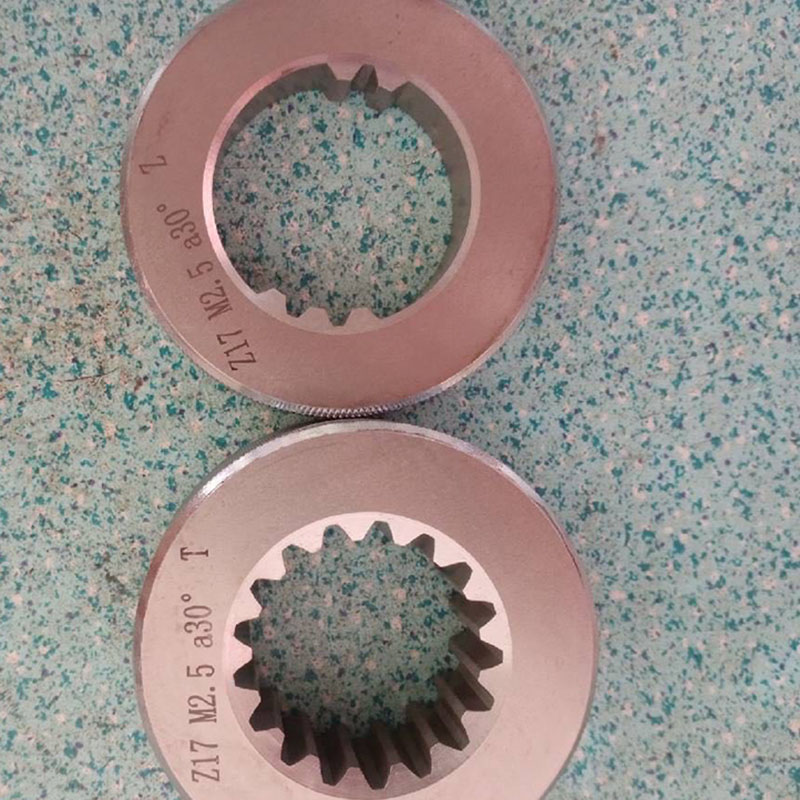Aug . 14, 2024 11:31 Back to list
Innovative Solutions for Enhanced Security with Fencing Spikes and Robust Protection Measures
The Importance of Security Fencing Spikes Enhancing Safety and Deterrence
In today’s world, ensuring safety and security has become a paramount concern for both residential and commercial properties. With the rising instances of theft, vandalism, and trespassing, property owners are continuously seeking reliable ways to enhance their security measures. One such effective solution is the installation of security fencing spikes. These spikes serve as a physical deterrent, making it increasingly difficult for unauthorized individuals to breach property boundaries.
Understanding Security Fencing Spikes
Security fencing spikes, also known as anti-climb spikes, are sharp, pointed structures that can be affixed to the top of fences or walls. Typically made from durable materials such as galvanized steel, aluminum, or plastic, these spikes are designed to prevent climbing and to inhibit potential intruders. They come in various designs, including fixed spikes, spring-loaded spikes, and integrated systems, allowing for flexibility in application depending on the level of security required.
Effective Deterrence Against Intruders
One of the primary benefits of security fencing spikes is their ability to deter trespassers. When individuals see these intimidating spikes atop a fence, the risk of injury serves as a strong psychological barrier. The fear of encountering sharp spikes can discourage potential intruders from attempting to climb over a fence or wall, thereby protecting valuable assets and ensuring peace of mind for property owners.
Moreover, these spikes are not just physically intimidating; they also enhance the overall visual impact of a security system. A well-designed fence with spikes conveys a clear message the property is well-guarded, and unauthorized access is not tolerated. This perception can significantly reduce the likelihood of attempted break-ins or vandalism.
Versatility in Application
security fencing spikes

Security fencing spikes are highly versatile and can be utilized in various settings, including residential homes, commercial establishments, schools, and industrial sites. They can be added to any existing fence, offering a cost-effective way to upgrade security without the need for a complete overhaul of the fencing system.
In addition to traditional fencing applications, spikes can also be integrated into architectural designs. For instance, they can be part of decorative fences that maintain aesthetic appeal while providing robust security measures. This dual-functionality makes security fencing spikes an attractive option for property owners who value both safety and aesthetics.
Regulatory Considerations and Installation
While security fencing spikes provide numerous benefits, it is essential for property owners to understand and comply with local regulations regarding their installation. Some regions have specific guidelines concerning the height and design of security fencing spikes to ensure they do not pose a danger to unsuspecting individuals or animals. Therefore, consulting with local authorities or security experts before installation is advisable.
The installation of security spikes is often straightforward, allowing property owners to implement enhanced security measures quickly. However, involving a professional installer can ensure that spikes are securely mounted and positioned appropriately for maximum effectiveness.
Conclusion
In conclusion, security fencing spikes are a practical and effective solution for enhancing property security. Their ability to deter trespassers, coupled with their versatility in application and potential for aesthetic integration, makes them an appealing choice for many property owners. By incorporating security spikes into existing fencing systems, individuals can significantly strengthen their defenses against unauthorized access, thereby safeguarding their homes and businesses. As safety continues to be a critical concern, investing in robust security measures like fencing spikes remains a wise decision to protect what matters most.
-
Thread Plug Gauge Our Promise of Measurement ExcellenceNewsAug.22,2025
-
Gauge Pin Class Reflecting Quality LegacyNewsAug.22,2025
-
Check Valve Types for High Rise BuildingsNewsAug.22,2025
-
Water Control Valve for Irrigation SystemsNewsAug.22,2025
-
Gate Valve with Soft Seal TechnologyNewsAug.22,2025
-
Y Type Strainer for Oil and Gas ApplicationsNewsAug.22,2025
Related PRODUCTS









